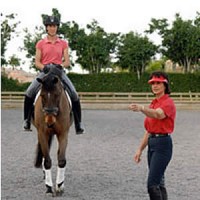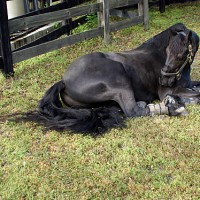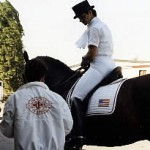Learning a new sport or hobby is something that takes time and effort, especially from a young age.
If it’s something that you want your kids to get involved in, or if it’s something that they saw on TV or in a film that they want to do straight away, you can either refuse to let them or encourage them every step of the way.
With something like horse-riding, it’s best to take the second approach.
If you want to get your kids into riding a horse, you shouldn’t start as soon as they learn how to walk; this may be too early.
The best time to start is when they’re aged five or six, possibly. That said, everyone is different and will learn from different ages. At this age they will probably be tall enough to at least ride a small pony.
When it comes to the learning process, what else should be taken into consideration?
Back to school
With many sports, it’s possible to teach them yourself, especially if you have a big yard, but that’s not the case when teaching your kids how to ride a horse. The best possible option is to enrol them in a pony club camp or horse riding school, even if it’s just for a few weeks. This can save time and effort, plus your kids will be in safe hands and will learn from people with experience.
As mentioned in a blog post by event rider Harriet Morris-Baumber, there are plenty of other things that you need to know about and do when trying to help your children learn horse riding besides just enrolling them onto a course run by a Pony Club camp.
Plenty of preparation before they begin to learn, for example, is just as essential.
Get equipped
Before they even begin to learn, ensure that your kids have everything they need in terms of equipment. A riding helmet, jodhpurs, a riding jacket and riding boots are all important, as is a saddle.
Riding a horse (or pony) without all that can be dangerous and far from enjoyable for your son or daughter.
What’s just as important, if not more so, is that your kids should enjoy their horse riding lessons.
If done safely, it can be one of the most exciting activities they can possibly do. Enjoyment is the first thing your kids should get from a Pony Club, even if they’re learning something that they find difficult.
As horse riding can be so exciting, it’s just one of the things that can help to keep the kids occupied during the summer break.
If you suggest learning to ride to your kids, the worst thing they can do is refuse the idea.
Contact:
Philip Broadhead
Outreach Executive
Branded3
www.branded3.com
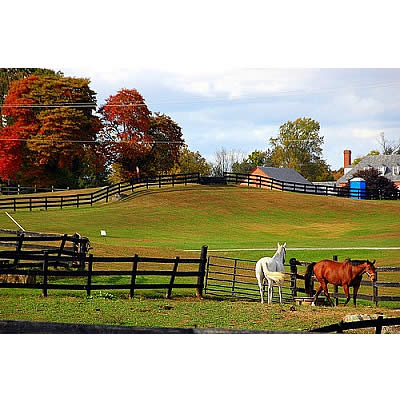
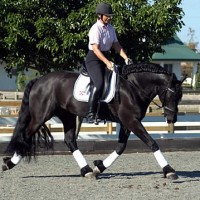
 October 8, 2012 – No matter where I travel, the most frequently asked questions I get are, “How do I put my dressage horse on the bit… and how do I keep him there consistently?” This concept baffles many riders. My hope here is to simplify the process for you by explaining how to give what I call “connecting aids”.
October 8, 2012 – No matter where I travel, the most frequently asked questions I get are, “How do I put my dressage horse on the bit… and how do I keep him there consistently?” This concept baffles many riders. My hope here is to simplify the process for you by explaining how to give what I call “connecting aids”.

 Many riders don’t realize that the reason they have trouble sitting the trot is because their horses aren’t on the bit. No matter how good a rider you are, it’s nearly impossible to sit on a back that is stiff and hollow.
Many riders don’t realize that the reason they have trouble sitting the trot is because their horses aren’t on the bit. No matter how good a rider you are, it’s nearly impossible to sit on a back that is stiff and hollow.
